
Exploring Takamatsu
Ritsurin Garden
Ritsurin Garden is one of the main attractions of Takamatsu. It's one of the most famous historical gardens in Japan.
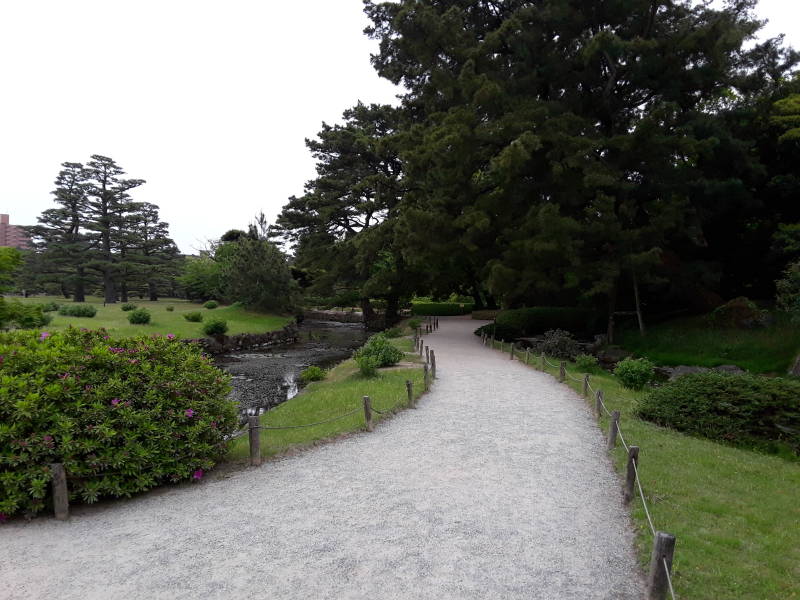
Ikoma Takatoshi was a daimyō or warlord of the early Edo period.
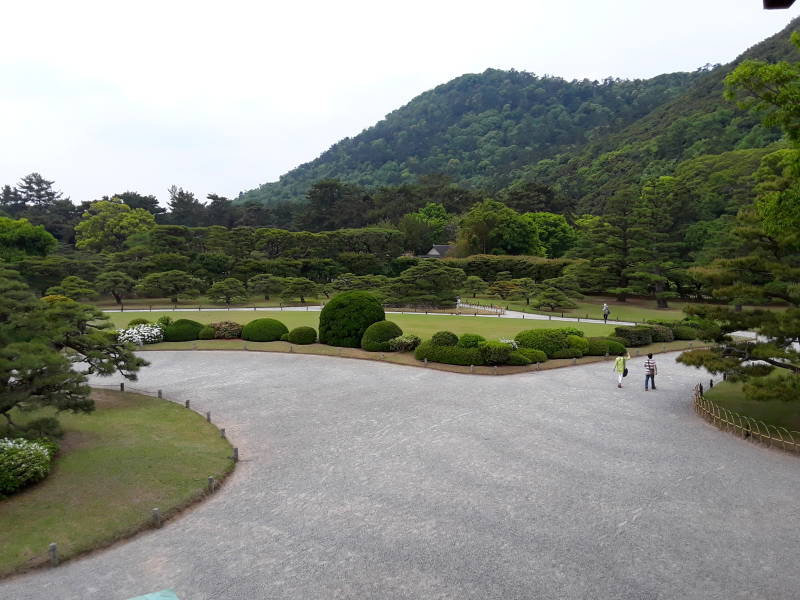
Takatoshi ruled the Takamatsu Domain, a han or feudal domain founded in 1587 after Toyotomi Hideyoshi's forces had subdued Shikoku.
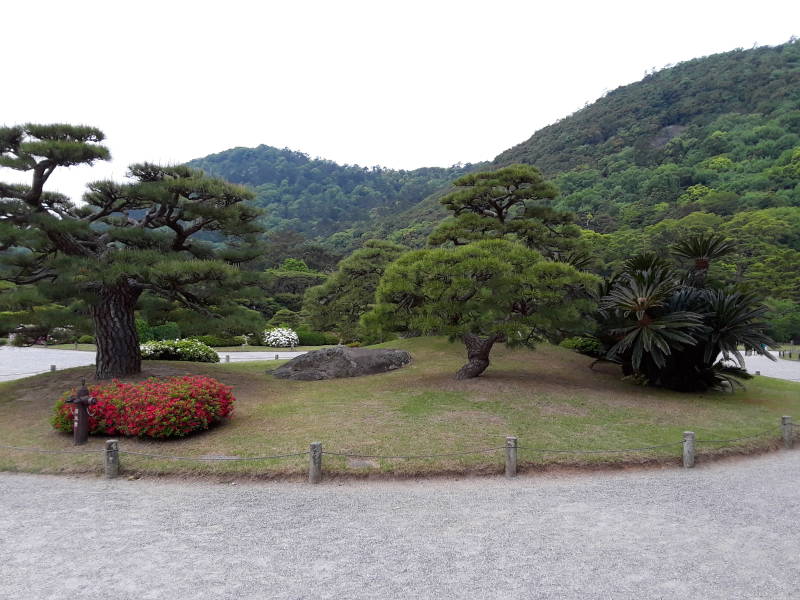
The Ikoma clan had sided with Tokugawa Ieyasu at the Battle of Sekigahara, giving them the fief over Takamatsu. Ikoma Takatoshi was the fourth and final daimyō of the Ikoma clan, ruling Takamatsu from 1621 to 1640.
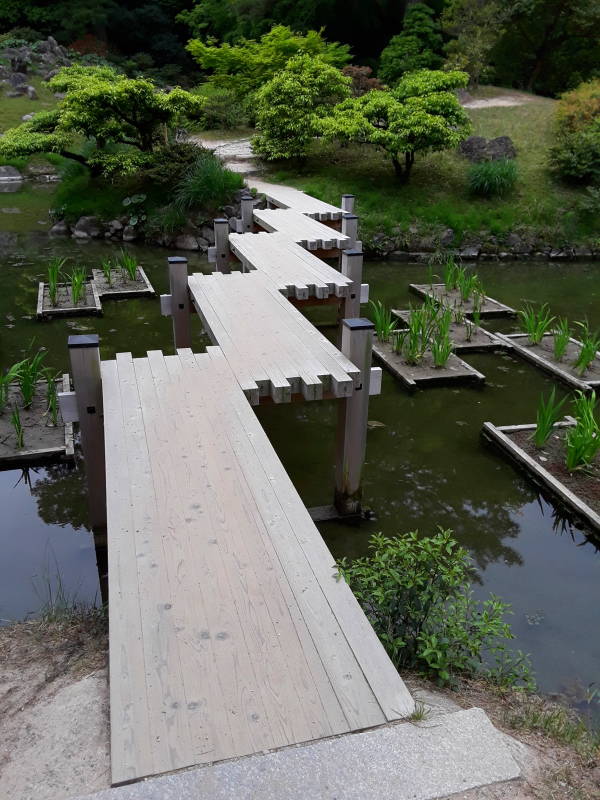
Takatoshi began construction of Ritsurin in 1625, starting with the garden around the south pond with Mount Shium or Purple Cloud Mountain as a backdrop.
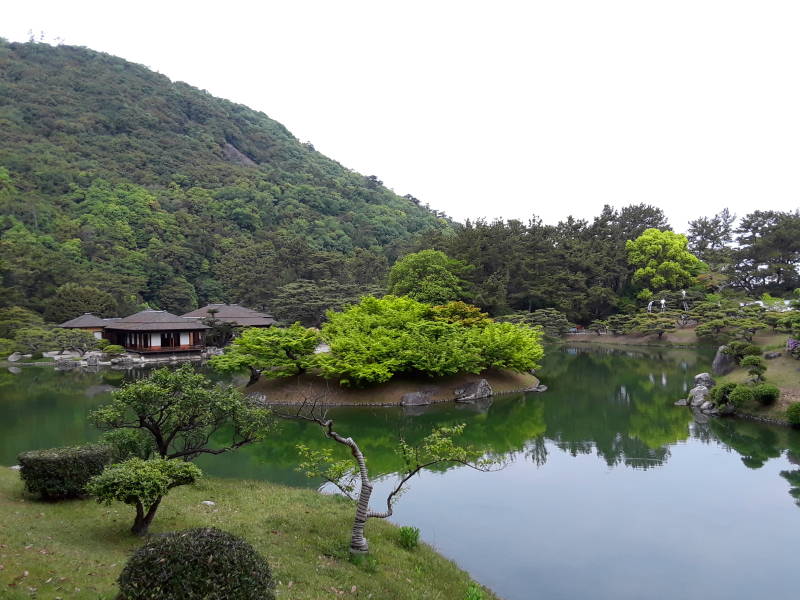
In 1640 the Ikoma clan was moved to the Yashima Domain because of an uprising, and the Matsudaira clan took control. They ruled Takamatsu until all the feudal domains were disbanded in 1871.
Takatoshi was transferred to the smaller Yashima Domain.
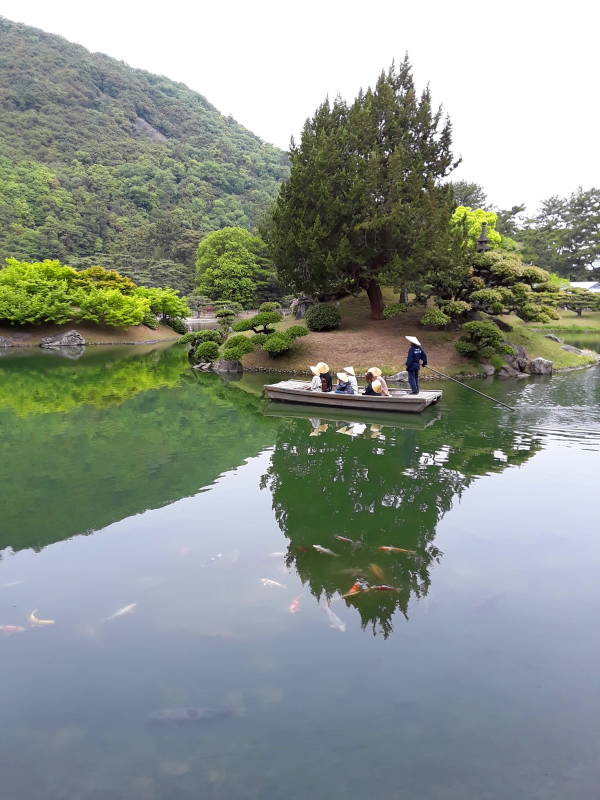
Matsudaira Yorishige took over the garden project.
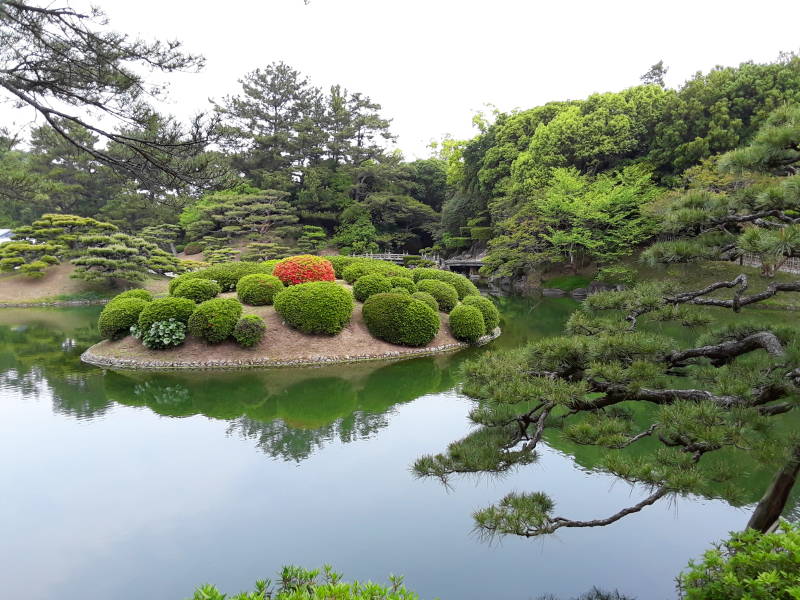
The garden was finished by the fifth Lord Yoritaka in 1745, after a century of enlargements and improvements made by the successive lords.
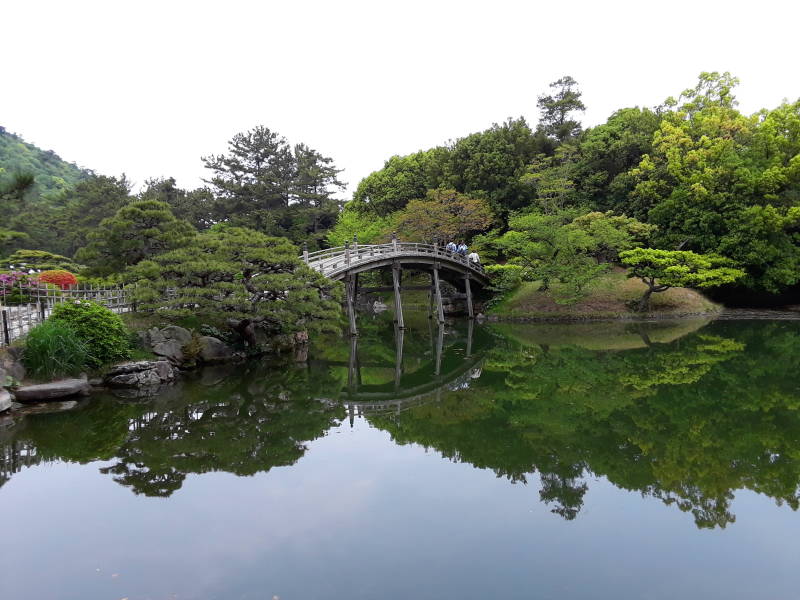
After the Meiji Restoration, when the Shōgunate fell and the Emperor regained temporal power, the new government took control of the garden.
The garden was opened to the public in 1875.
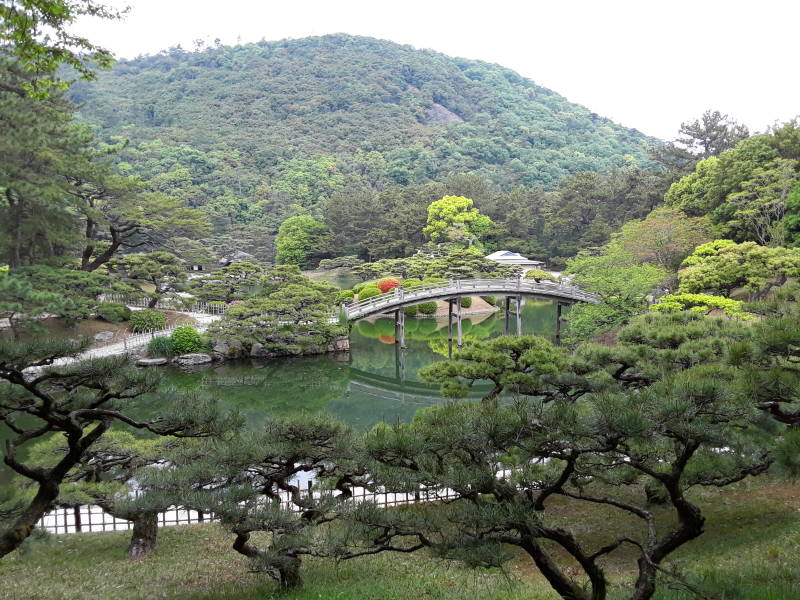
Since 1953, it has been nationally designated Nihon no Tokubetsu Meishō or a Special Place of Scenic Beauty.
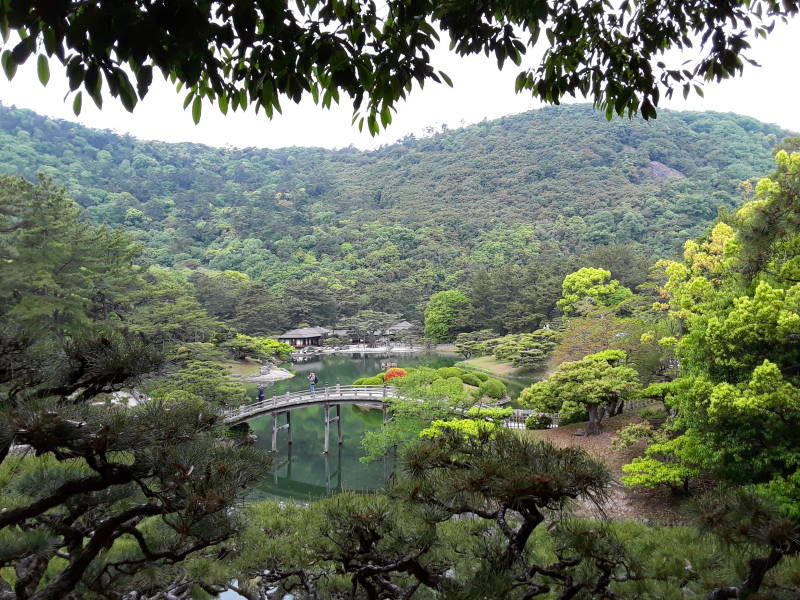
The elaborate garden requires constant maintenance.
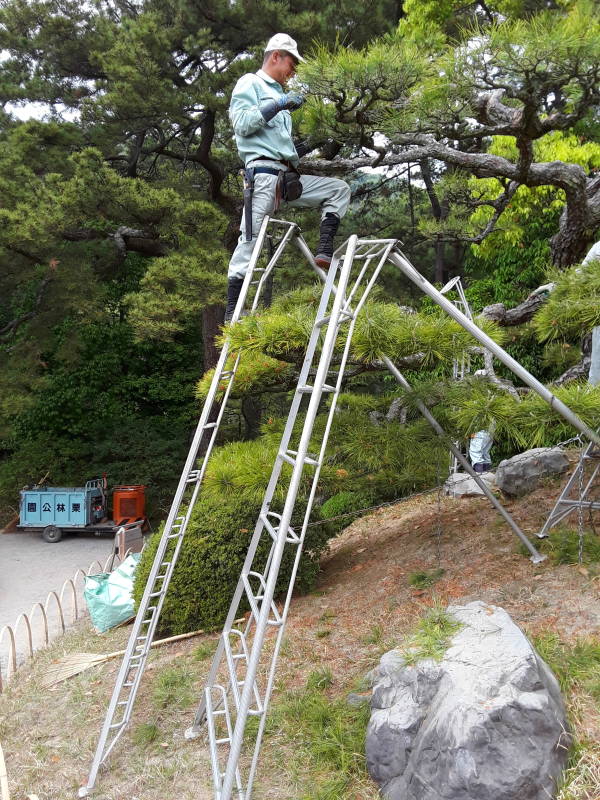
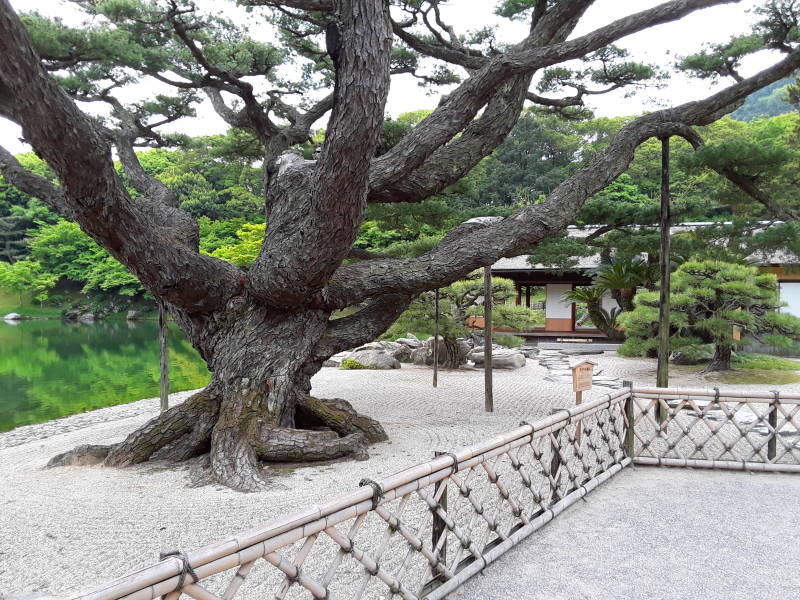
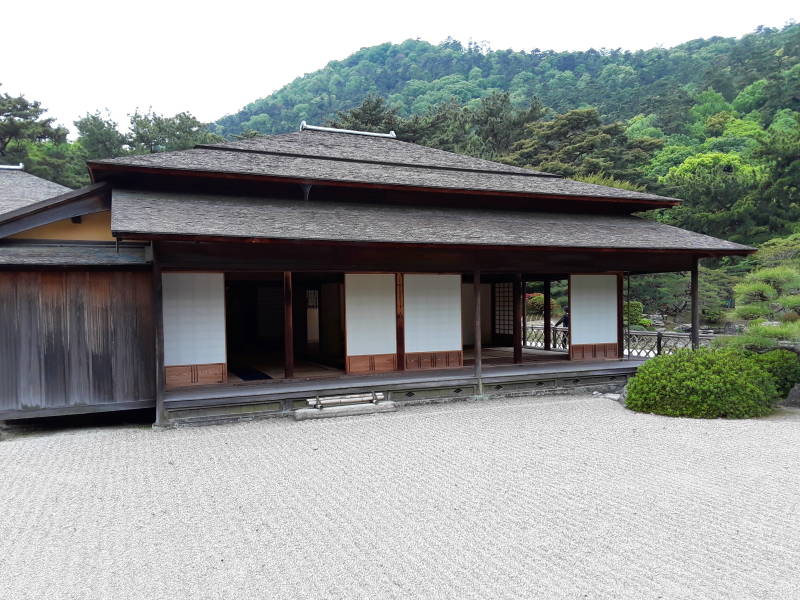
Covered Markets
Japan has a lot of covered market streets, and Takamatsu is a prominent example.
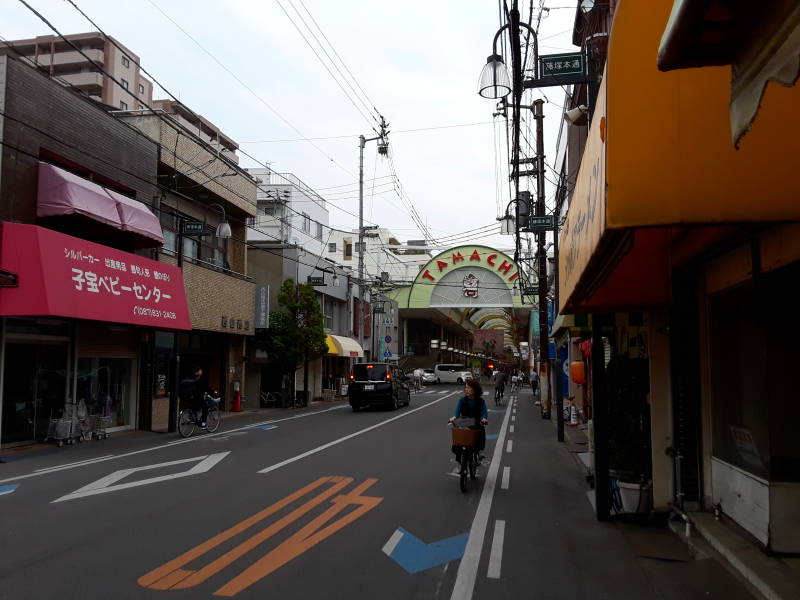
One of Takamatsu's covered market streets is 2.7 km long.
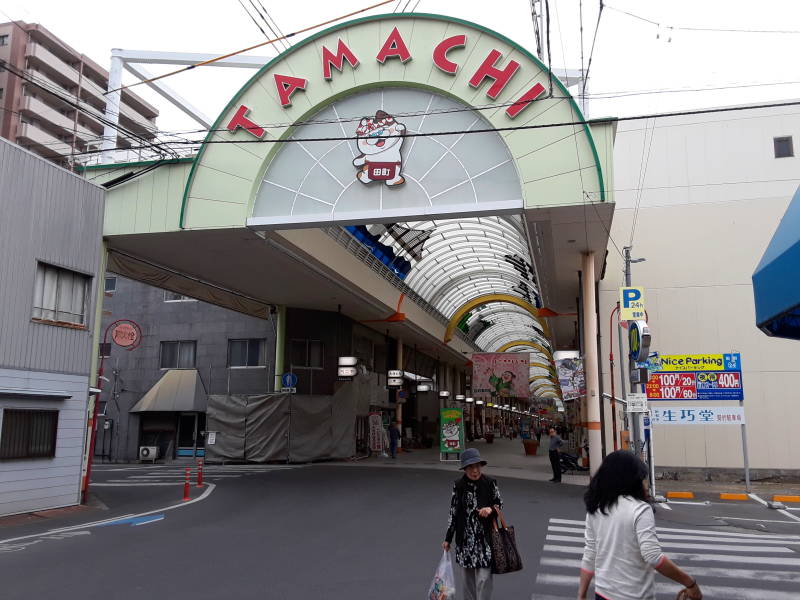
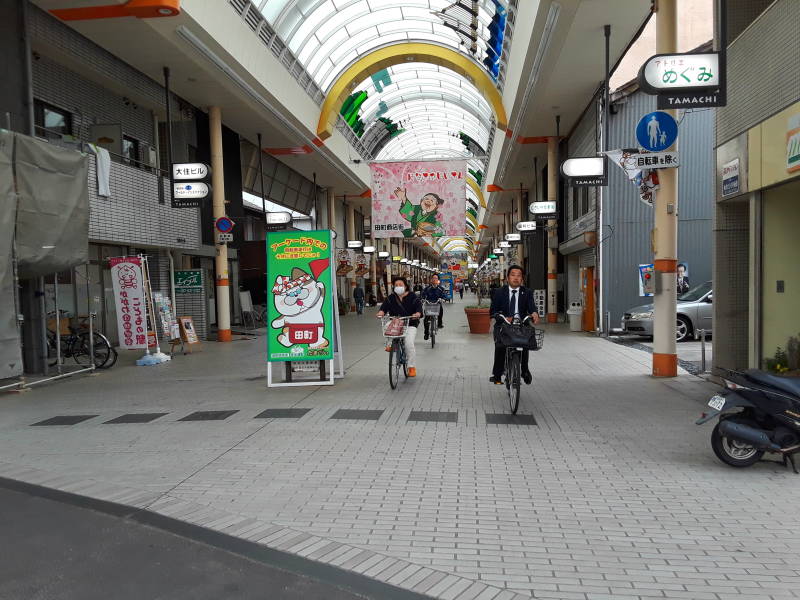
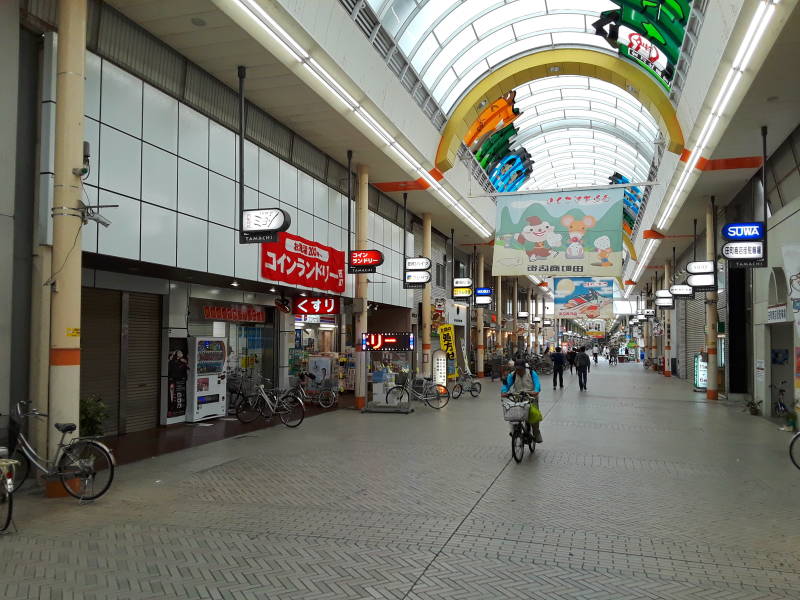
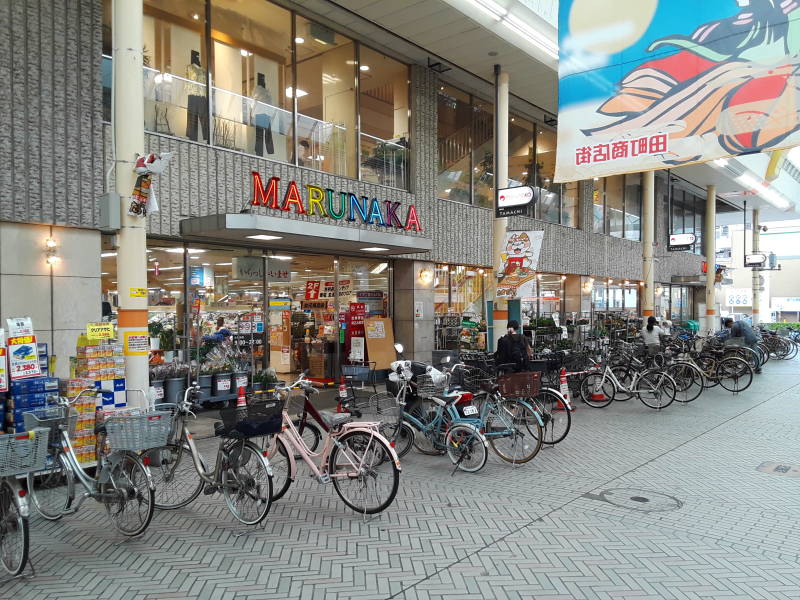
A larger street might cross the market, giving you a short crossing outdoors.
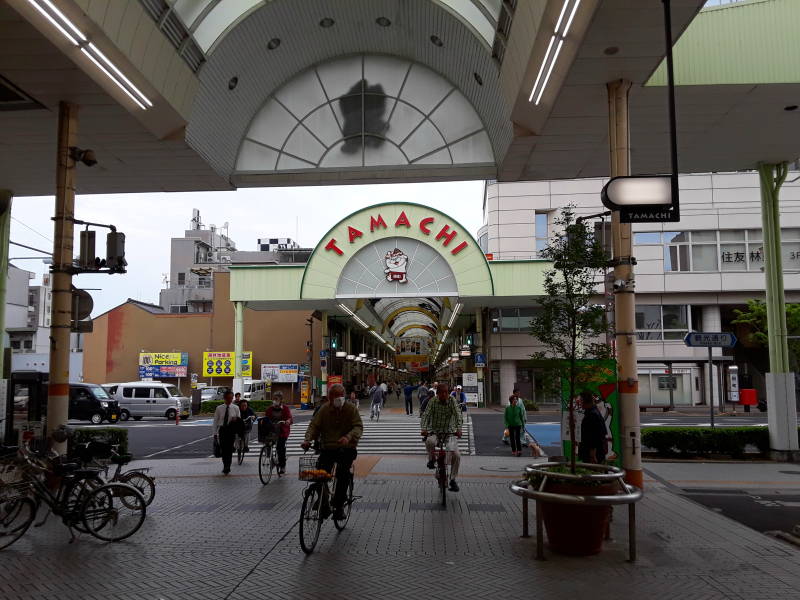
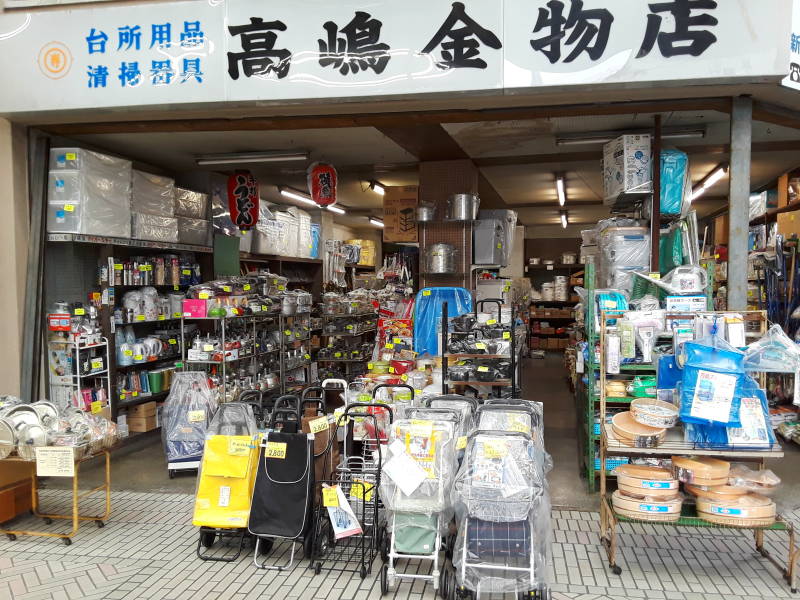
Hiragana
The signs provide plenty of practice for recognizing katakana and hiragana.
くすり
ku-su-ri
ドラッグ
do-ra-tsu-gu
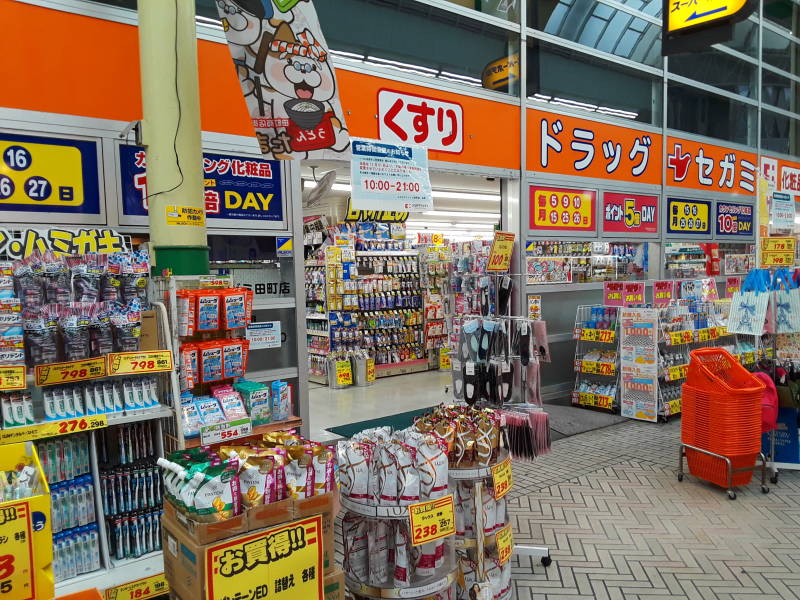
セガミ
se-ga-mi
カラコン
ka-ra-ko-n
As for what it means, I have no idea.

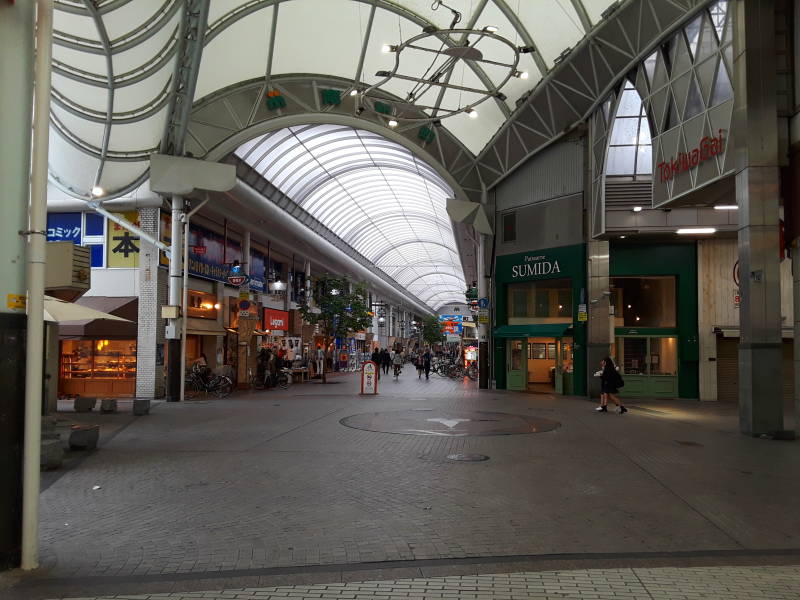
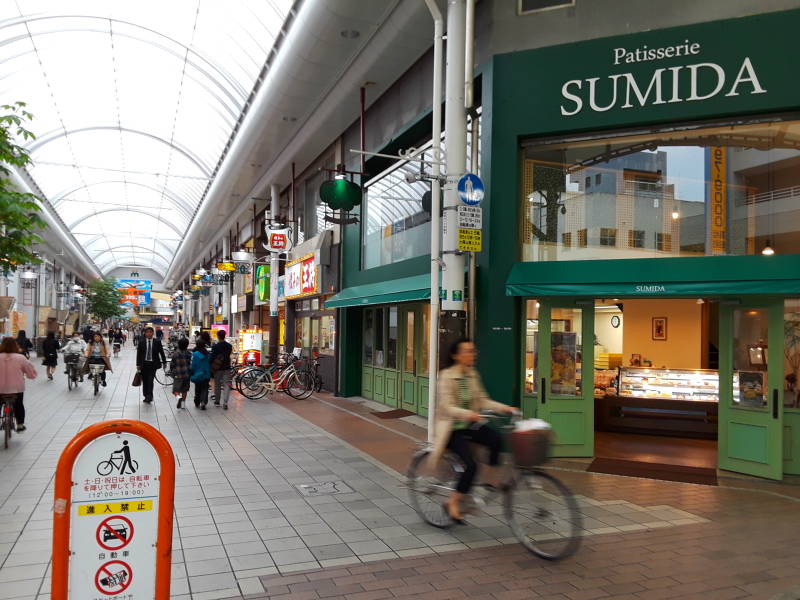

This is unusual — a pachinko hall that isn't closed off, invisible to the outside world.
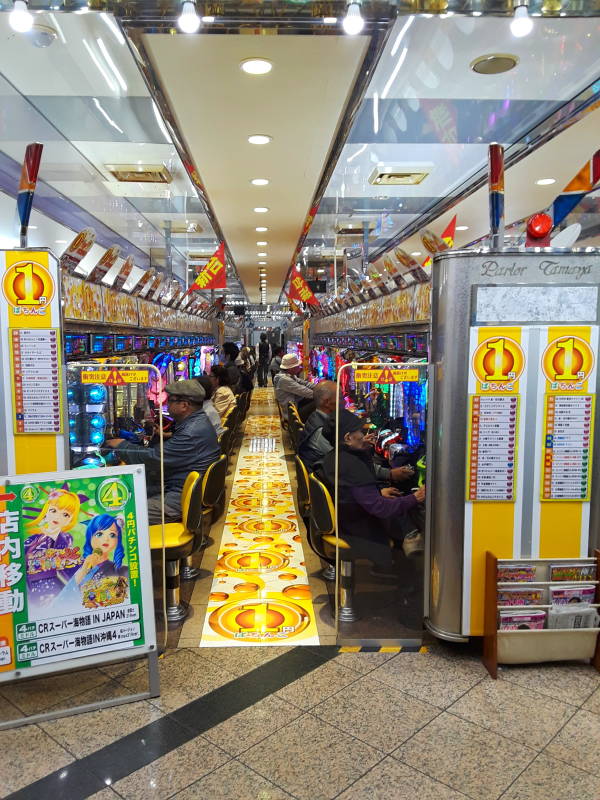
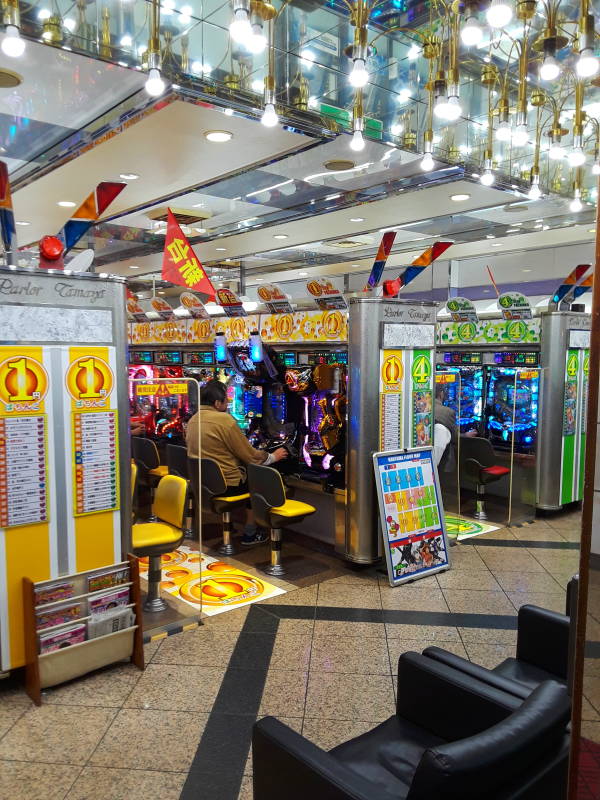
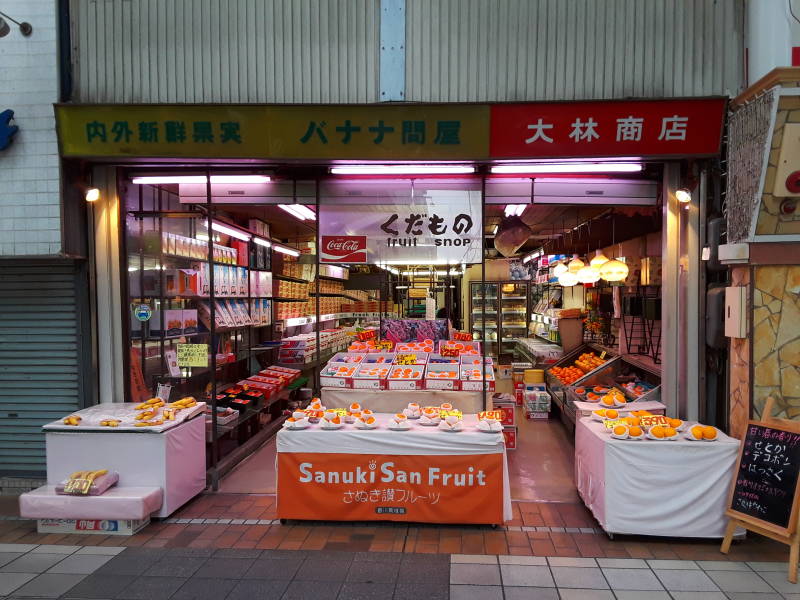
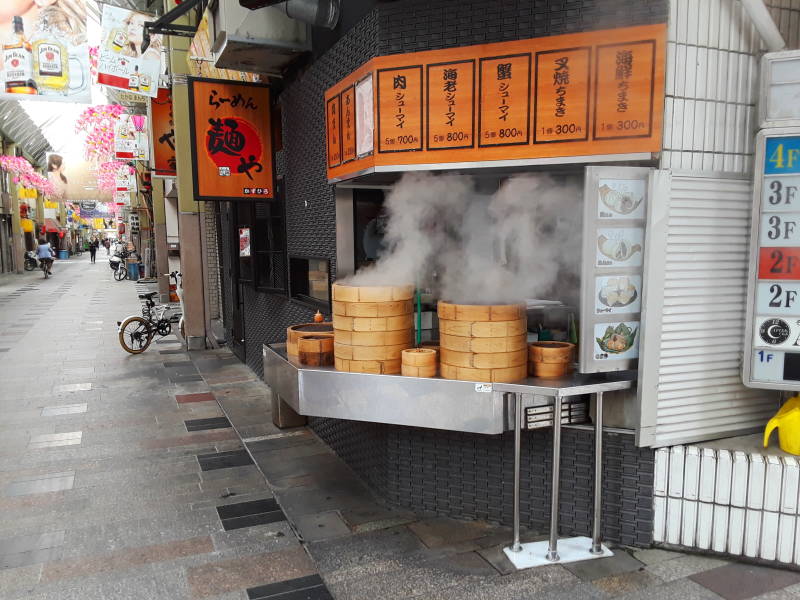
Time to break for lunch.
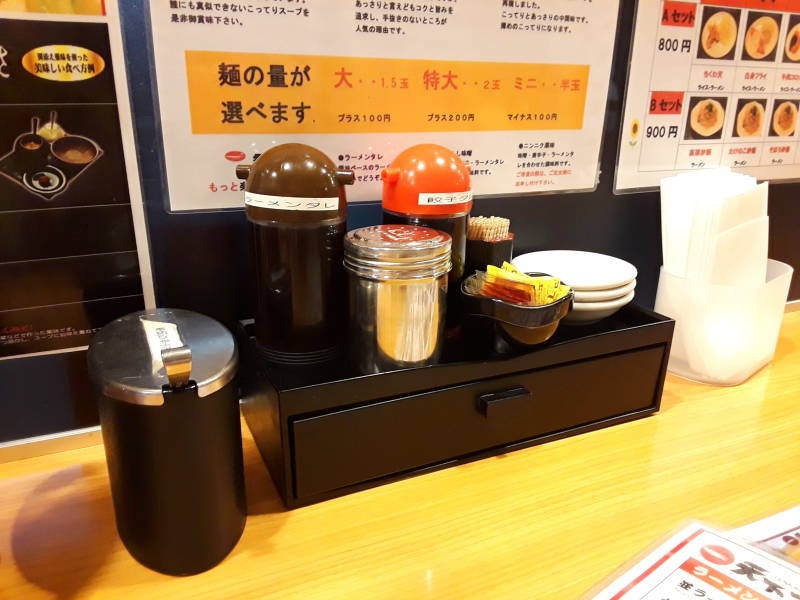
There is hot sauce.
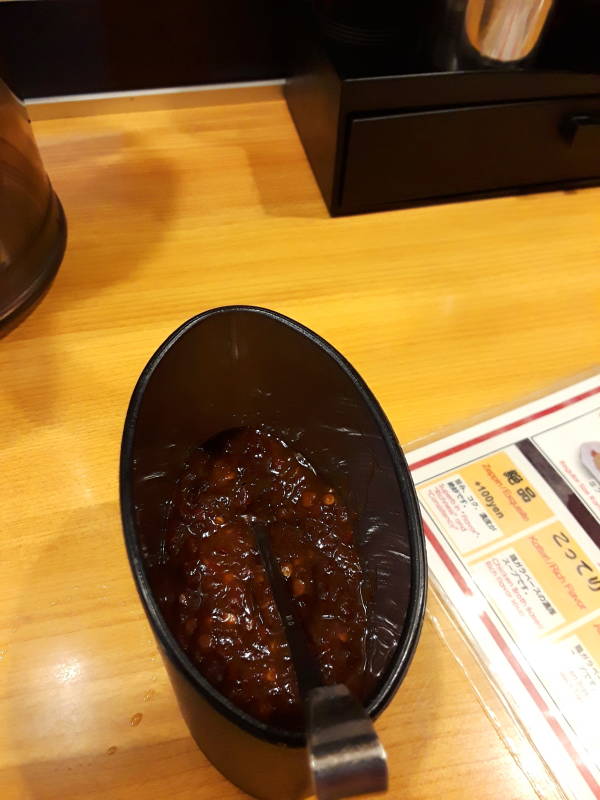
And chili oil.
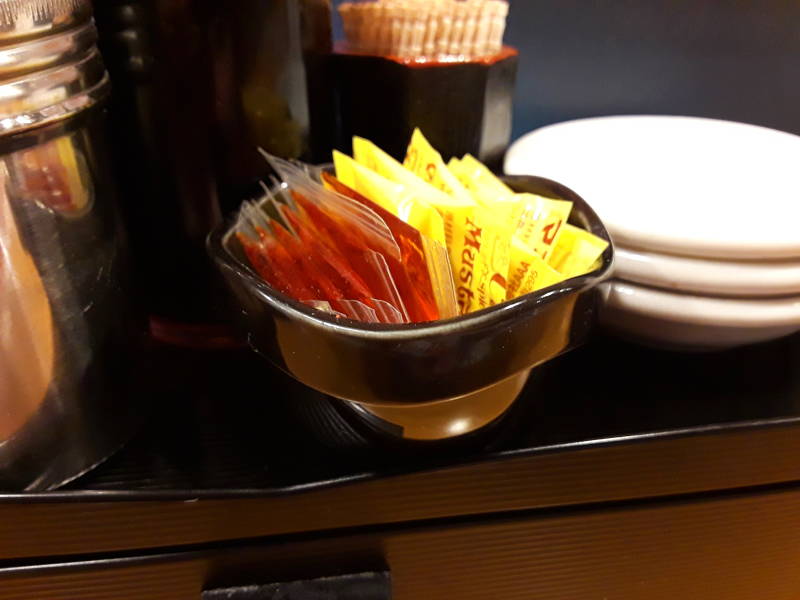
Gyoza, fried chicken, and shredded cabbage.
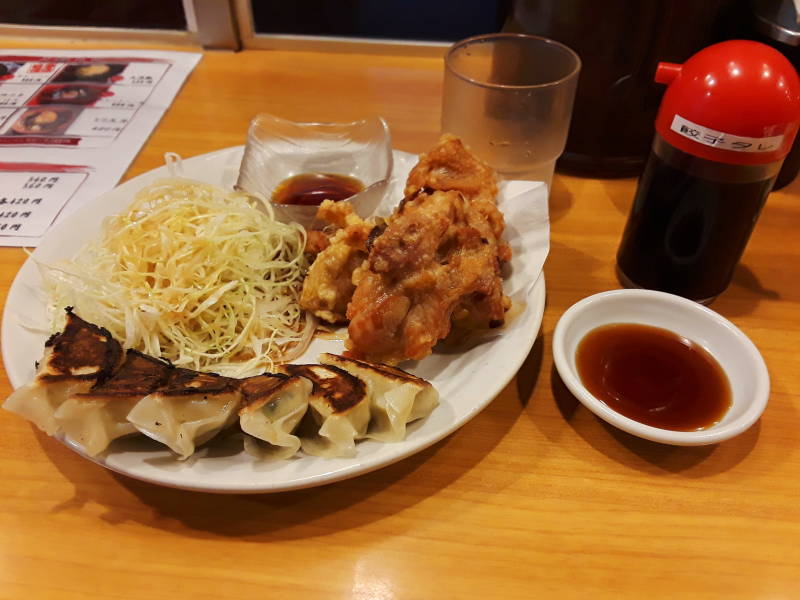
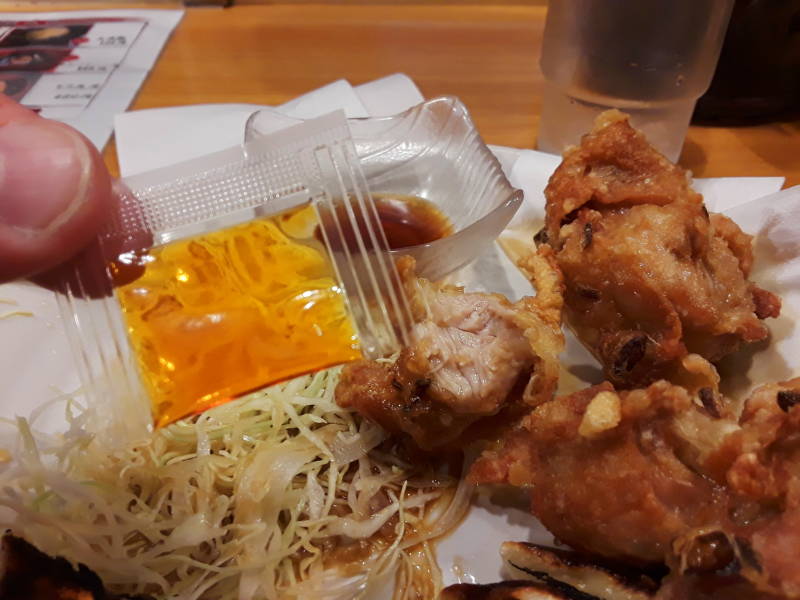
Here's a map showing the covered market streets in Takamatsu, including the 2.7 km one extending off the right side of this map.
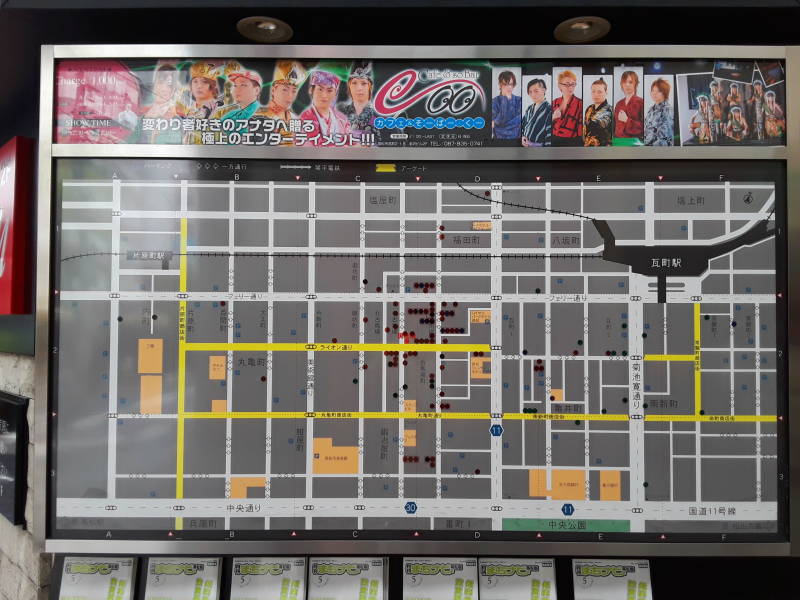
There's a form of butler café here, a variation on maid cafés.
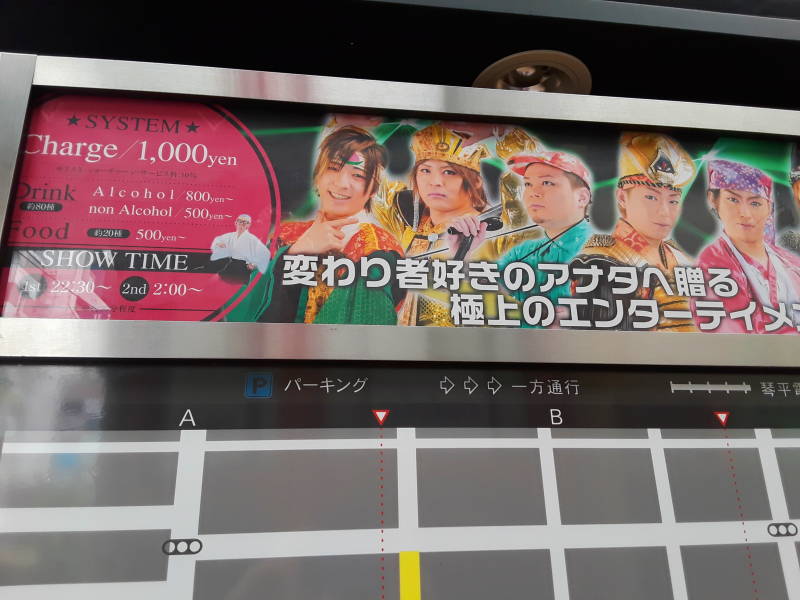
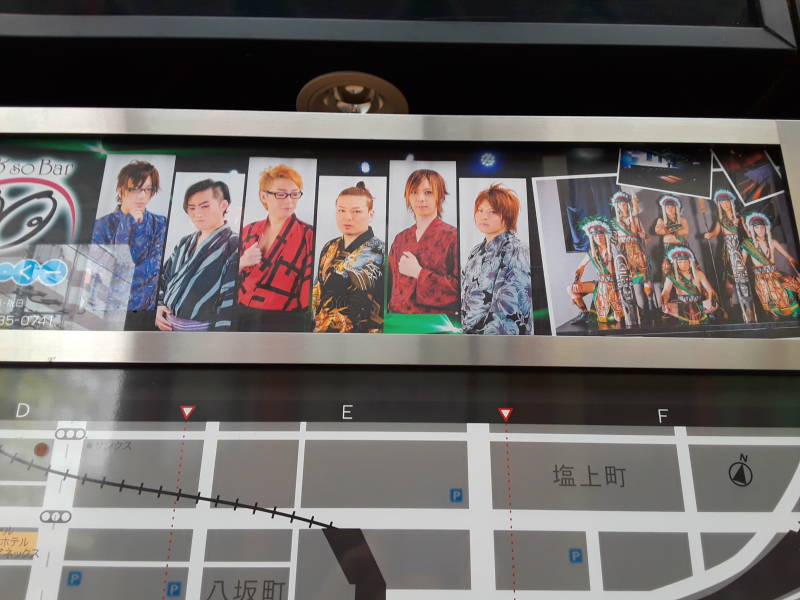
"Hooters, except with dudes" was the original business plan.
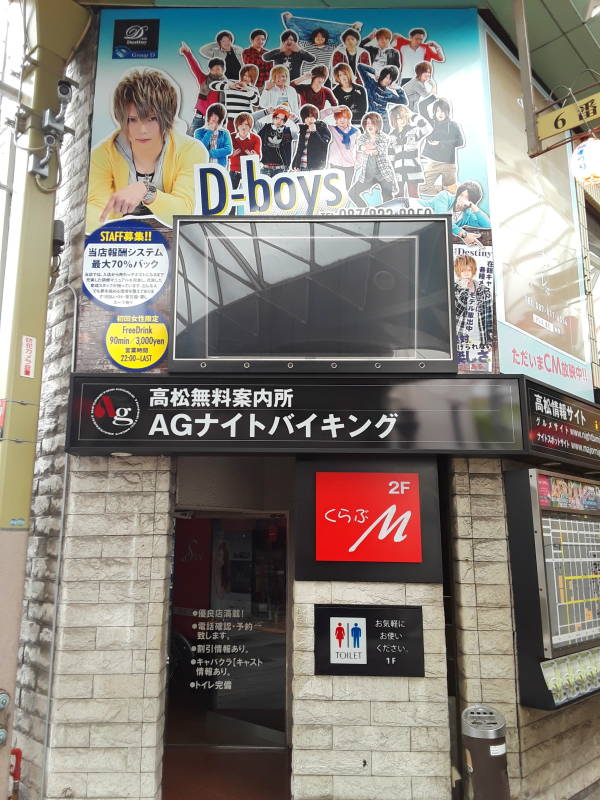
Hiragana
Here's a ramen and gyōza place unusually labeled with hiragana, usually used for phonetically spelling Japanese. Ramen and gyōza are Chinese words, so they're usually spelled phonetically with the katakana used to spell foreign words.
らーめん
ぎょうざ
and not
ラーメン
ギョウザ
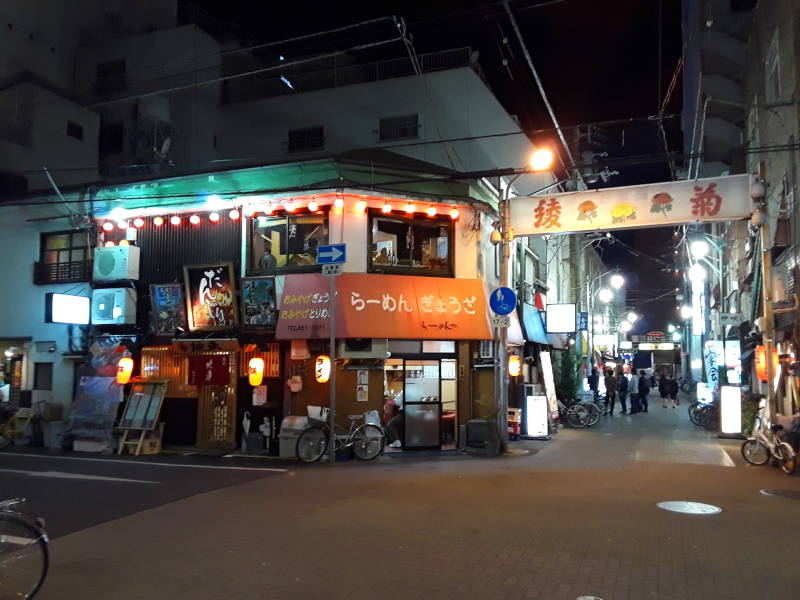
The above is specific to Takamatsu. Or maybe you want to explore other places in Japan.




































